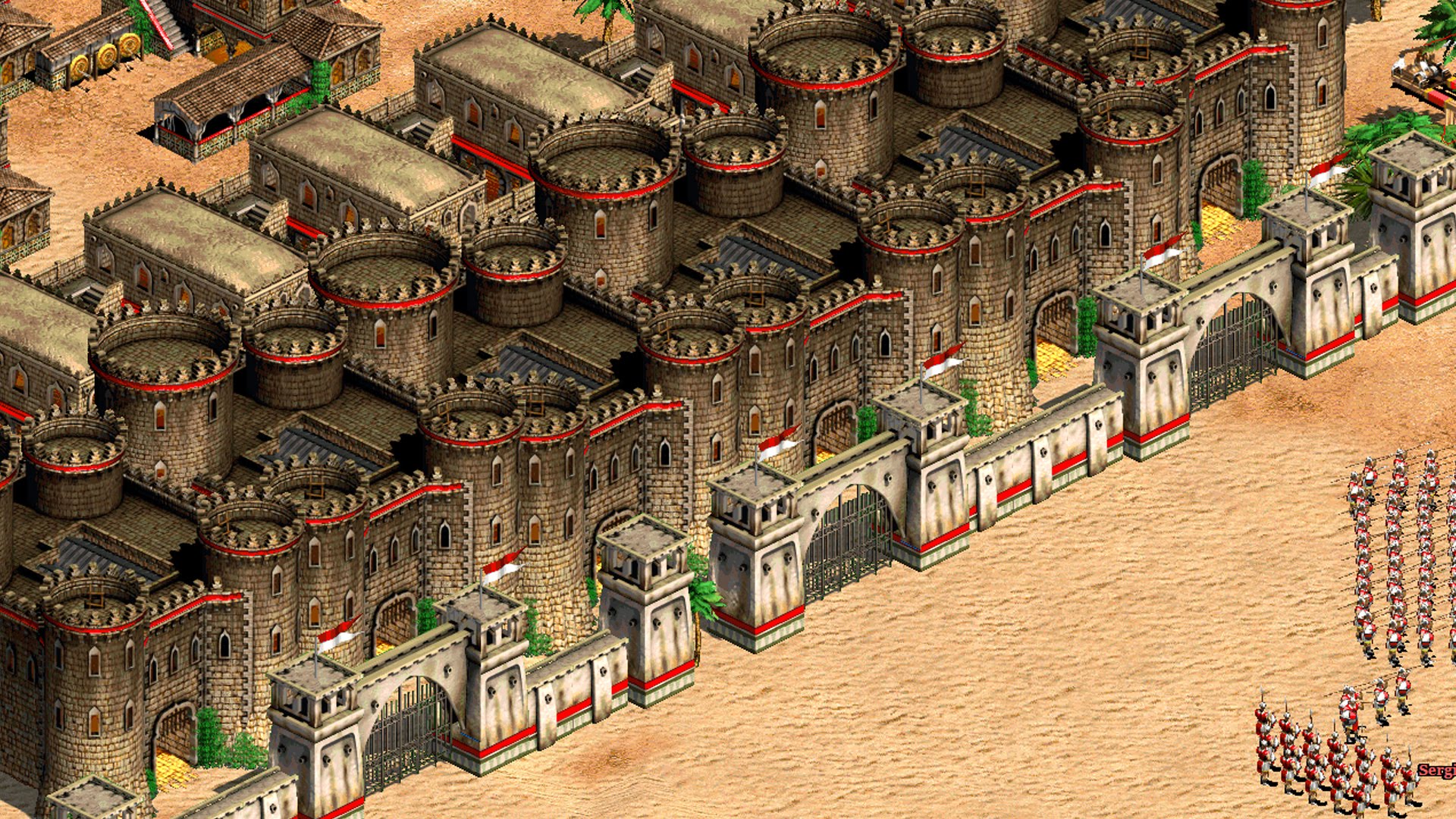Introduction
Gameplay strategies are the techniques and approaches that players use to achieve success in various games. These strategies are often developed through experience, research, and a deep understanding of game mechanics. In this blog, we’ll explore the evolution of gameplay strategies, highlight some notable examples, and discuss their impact on the gaming community.
The Evolution of Gameplay Strategies
Early Beginnings
The roots of gameplay strategies can be traced back to classic games like chess and go. These games require players to think several moves ahead, anticipate their opponent‘s actions, and develop effective tactics to gain an advantage. The strategic thinking involved in these games laid the groundwork for the complex strategies we see in modern gaming.
The Rise of Competitive Gaming
As gaming gained popularity and became more accessible, the need for advanced gameplay strategies became increasingly apparent. Titles like StarCraft and Counter-Strike popularized competitive gaming, where players dedicated countless hours to perfecting their strategies and mechanics. This era marked the beginning of a more serious approach to gameplay, with players analyzing every move to gain an edge over their opponents.
Notable Gameplay Strategies
1. Zerg Rush
- Game: StarCraft
- Description: A strategy that involves quickly massing a large number of weak units to overwhelm the opponent in the early game.
- Impact: Zerg Rush became a meme in gaming culture, representing a quick and aggressive strategy that catches opponents off guard.

2. Bunker Rush
- Game: StarCraft
- Description: A strategy that involves quickly building bunkers near the opponent’s base to deny expansion and pressure their economy.
- Impact: Bunker Rush demonstrated the importance of scouting and early game map control in StarCraft.

3. Rocket Jumping
- Game: Quake
- Description: A technique that involves using the explosive force of rocket launchers to propel the player to higher ground or across gaps.
- Impact: Rocket Jumping allowed players to navigate maps more efficiently and gain advantageous positions, becoming a staple of the Quake competitive scene.
4. Turtling
- Game: Various strategy games
- Description: A defensive strategy that involves building up a strong economy and fortifying the player’s base to withstand attacks while slowly building up an overwhelming force.
- Impact: Turtling is a common strategy in many real-time strategy games, emphasizing the importance of economic management and long-term planning.

The Impact of Gameplay Strategies on Gaming Culture
Gameplay strategies have significantly shaped gaming culture, influencing how players approach and enjoy games. The rise of competitive gaming has led to the development of specialized communities where players share strategies, analyze game mechanics, and push the boundaries of what’s possible.Moreover, many games have been influenced by strategies developed by the community, with developers often balancing and tweaking gameplay to address dominant strategies. This ongoing interplay between players and developers has led to the evolution of gameplay strategies over time, ensuring that games remain engaging and challenging.
Explore the journey of gaming news from print to digital platforms. This evolution has significantly impacted how we consume information, as discussed in our article Gaming Communications.




